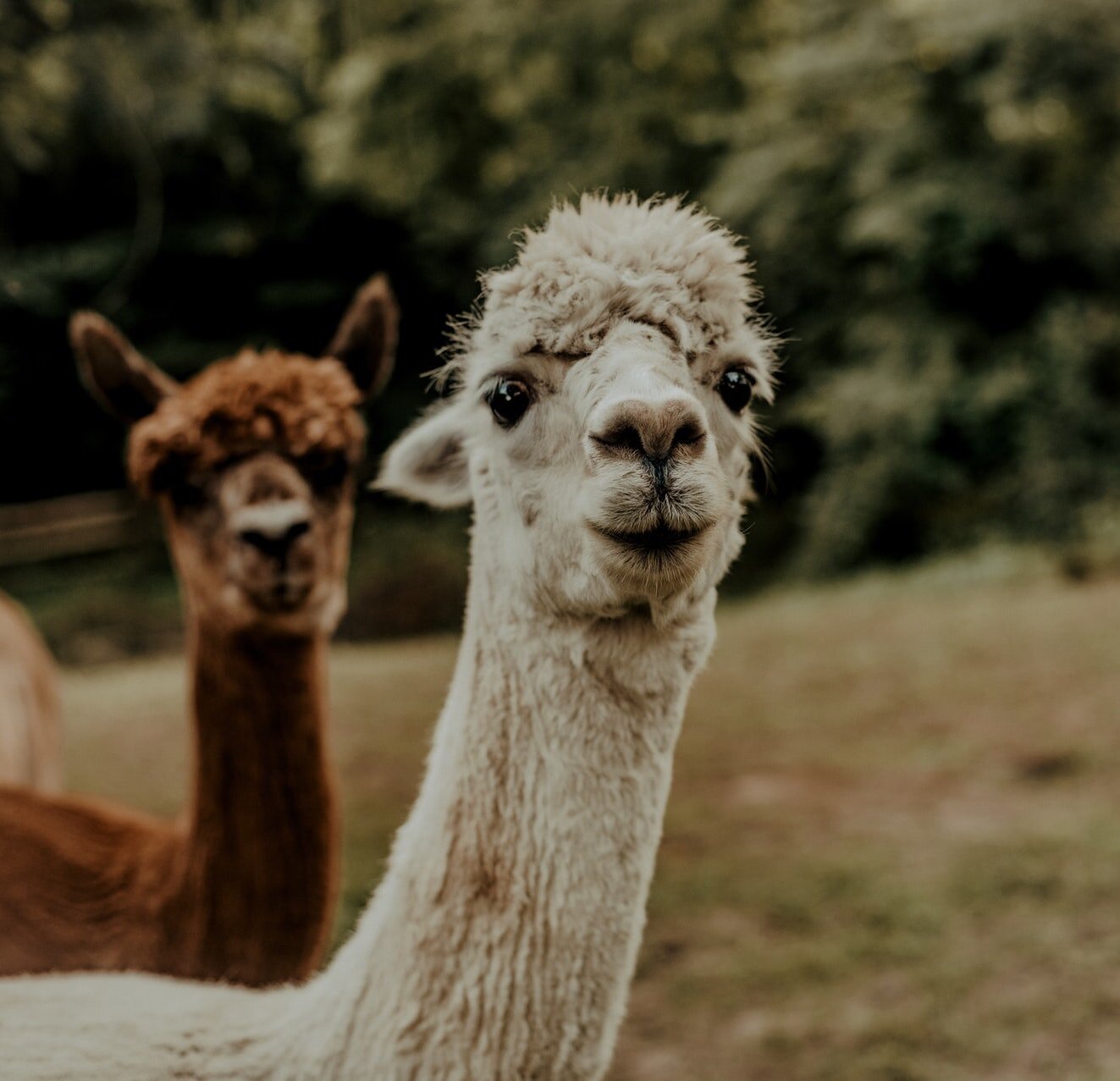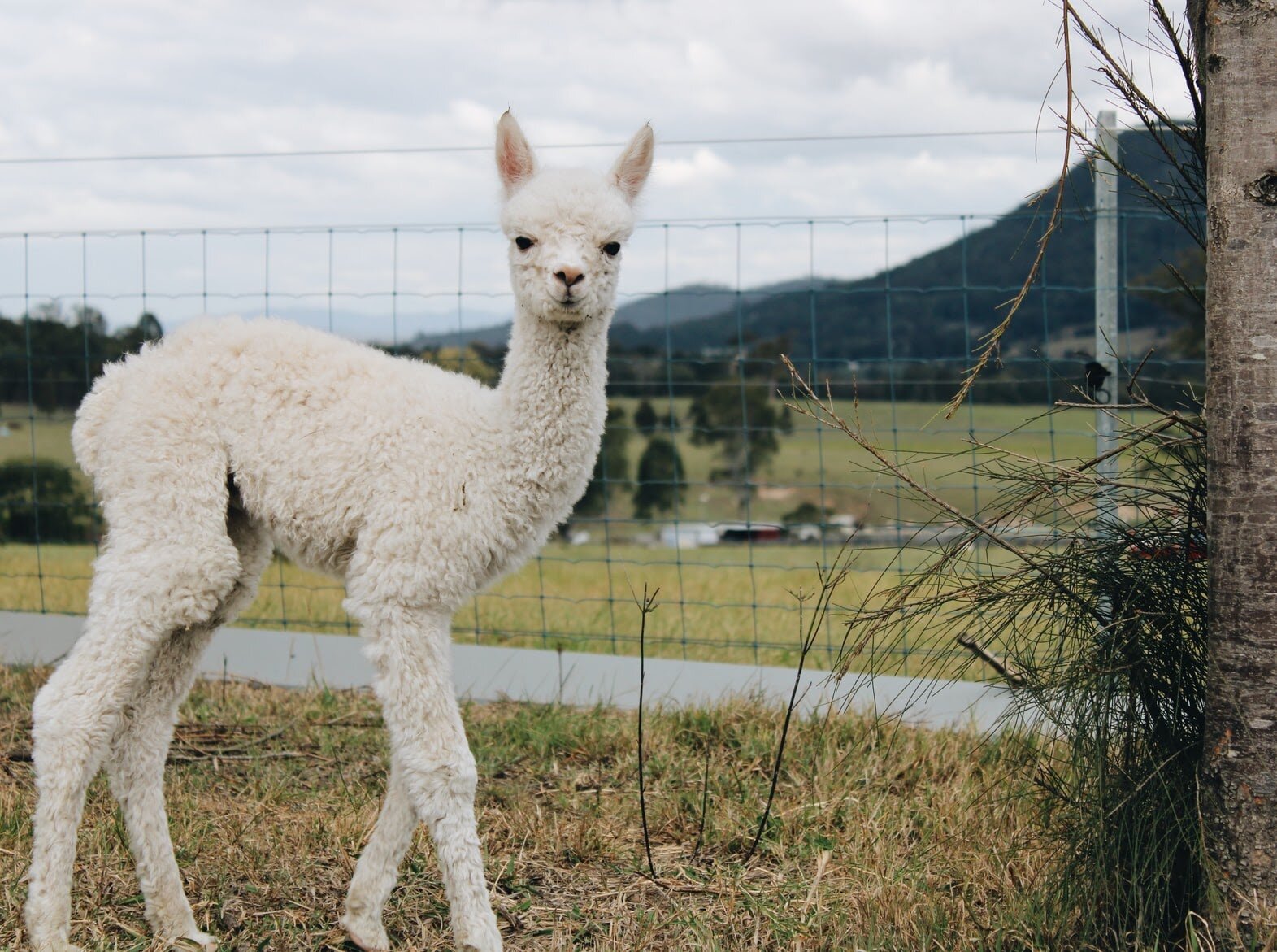Issues in the alpaca wool supply chain
Alpaca wool is not only cruel, but contributes to the climate crisis and often, Indigenous exploitation.
Alpacas are sensitive, feeling beings.
They hate to be alone, and some have even died of loneliness.
Alpacas are intelligent, with long-term memories. Those who mistreat them are not soon forgotten.
Despite how it’s marketed, alpaca wool comes from cruelty.
Investigations into alpaca wool production in Peru, the top producer of alpaca fibre worldwide, have shown these gentle creatures vomiting in pain and shrieking in terror.
Alpacas are tied down when they are shorn. There are recordings of alpacas being stitched up without any pain relief after being cut with shears.
Image: Alpaca cries out as they are tied down for shearing
/ People for the Ethical Treatment of Animals
Even the Responsible Alpaca Standard that claims to ensure animal welfare allows alpaca mutilation.
The certification from Textile Exchange, used by brands to promote responsible alpaca wool, still permits a range of cruelties. For example, alpacas can have chunks of their ears cut off with a scalpel and zero pain relief, as a form of identification marker.
Alpacas are often bred in mountainous areas where it is is extremely cold and frosty. Yet, shelter is rarely provided to these sensitive animals by the companies profiting from their wool.
As a result, many young alpacas become sick and die in the cold and wet.
So often unknown, alpaca wool comes from a slaughter industry. When these animals are no longer producing high quality, profitable wool, they are killed.
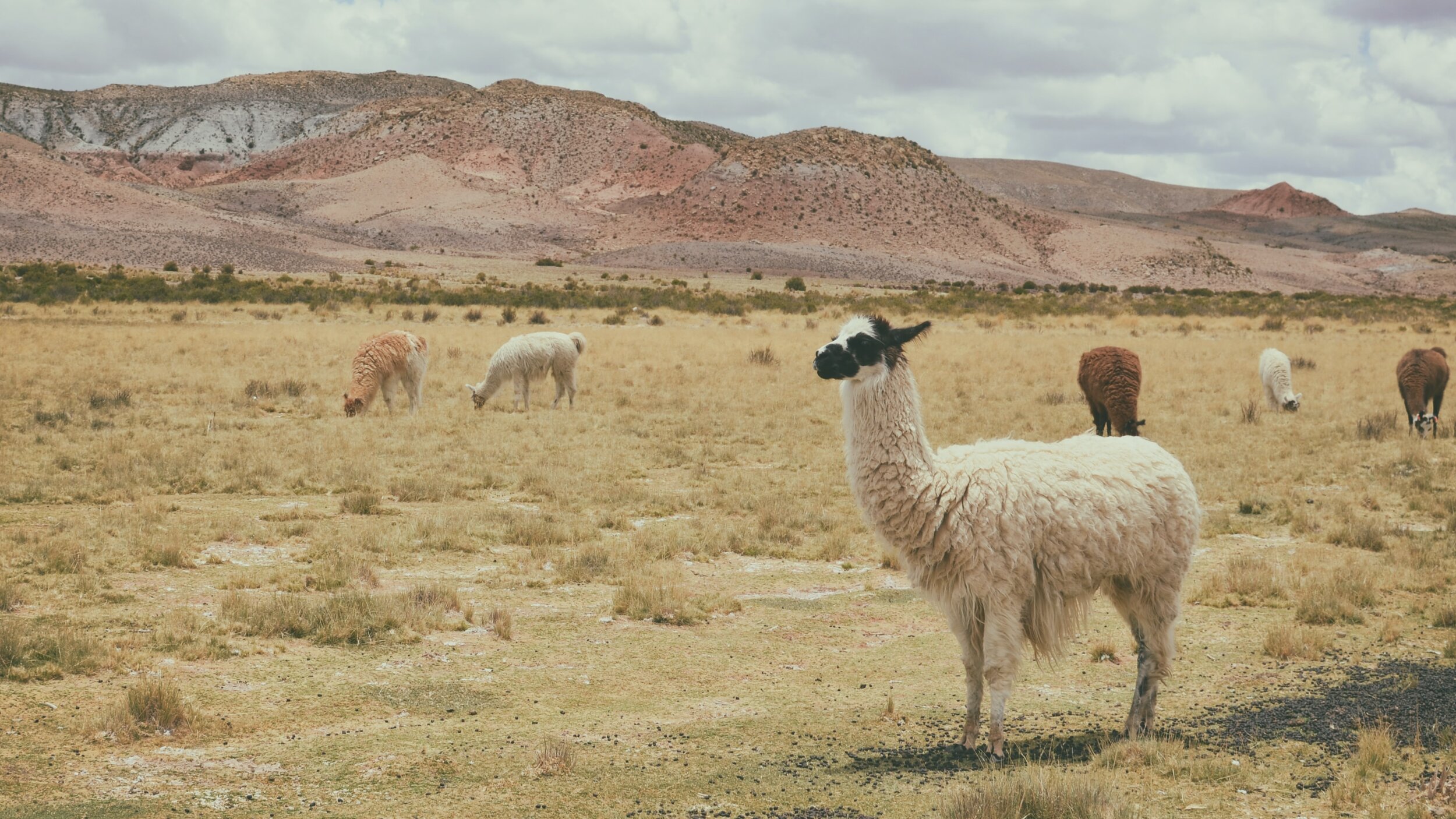
Alpaca wool may be natural, but it has a high impact on the planet. Producing just one kilogram of alpaca fibre emits 53kg of CO2e greenhouse gas emissions.
In comparison, one kilogram of hemp is equal to just 0.4 grams of CO2e emissions.
Alpaca wool’s significant emissions are largely (67%) due to enteric fermentation, a process where ruminant animals like alpacas pass and belch methane gas, which is over 80 times more potent than carbon.
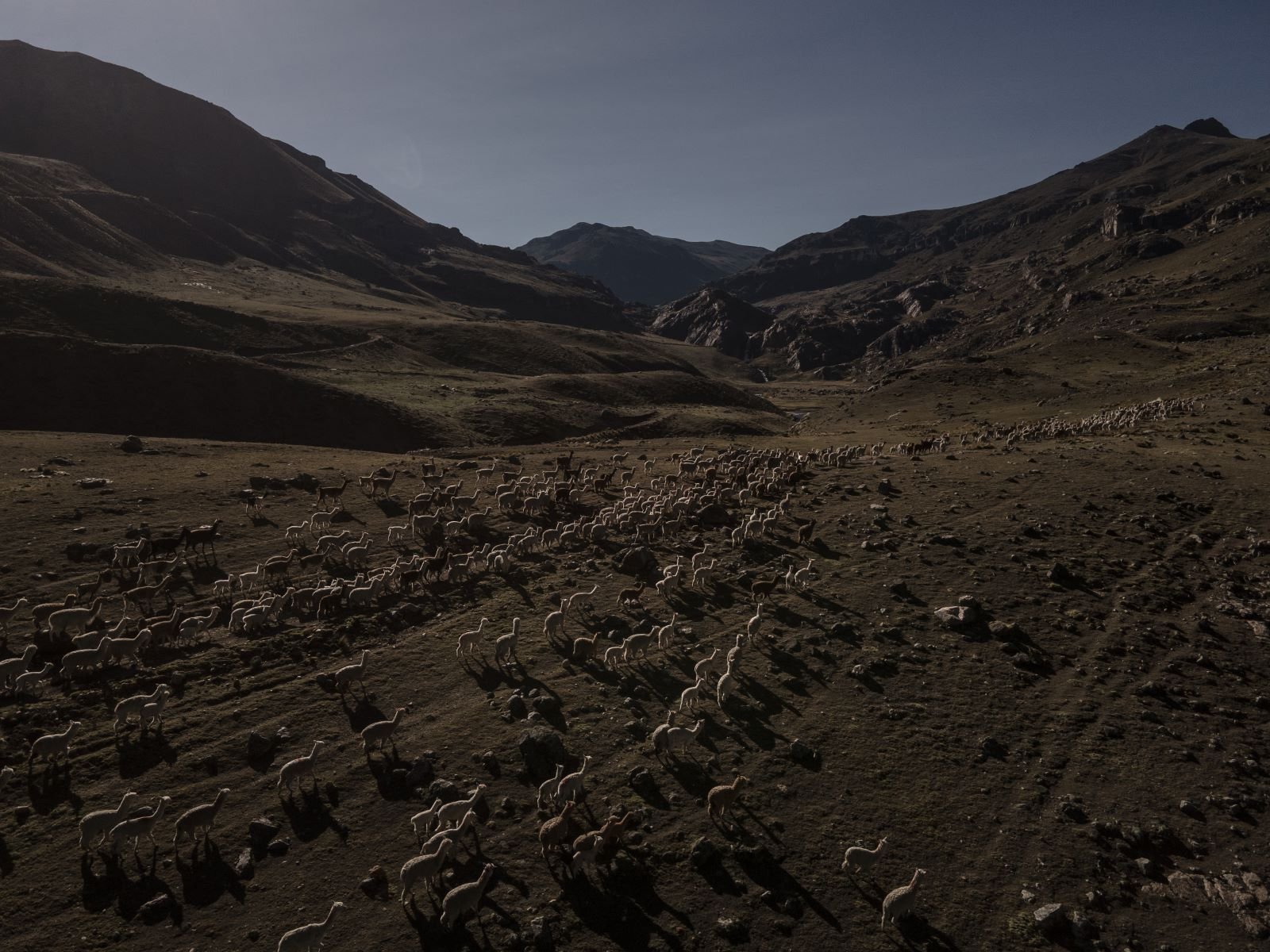
The use of animals for fibre production also requires far more land use than plant production does.
Half of all habitable land on the planet is used for agriculture, of which 77% is used for grazing animals including cattle, sheep, goats and alpacas.
Yet, just a small portion of calories and fibre are from animals rather than plants. This inefficient system cannot be sustainably scaled.
Brands promote alpaca wool sales as benefiting Indigenous people. But herders live in poverty, paid almost nothing for wool.
Peruvian media report that while US$200 million worth of alpaca wool products are exported from the country each year, Indigenous herders living in the Andes are paid as little as US$20 per shorn alpaca by companies selling the wool. This is a deeply inequitable system.
Intense weather events and poor pasture quality, worsened by the climate crisis (in part caused by unsustainable agriculture), further threaten the livelihood of these communities. Such weather also kill alpacas, worsening poverty for those reliant on wool sales.
”Alpaqueros” working with alpacas are in poverty while major corporations that control much of the alpaca wool market make millions from their dual exploitation of people and animals.
Often, the price of producing 1kg of fibre is far more than the price it is sold for.
Images and information from a Peruvian report by Elizabeth Salazar Vega and Alessandro Cinque
Hurting our fellow animals also hurts us humans.
Many of us feel a sense of love and appreciation for animals, and would struggle and feel immense turmoil if we were made to hurt or kill an alpaca. Yet, we pay for wool that means someone must do these exact things on our behalf.
Studies show that working in an abattoir has severe negative health impacts, with psychological trauma, stress and suffering stemming from inflicting pain on animals.
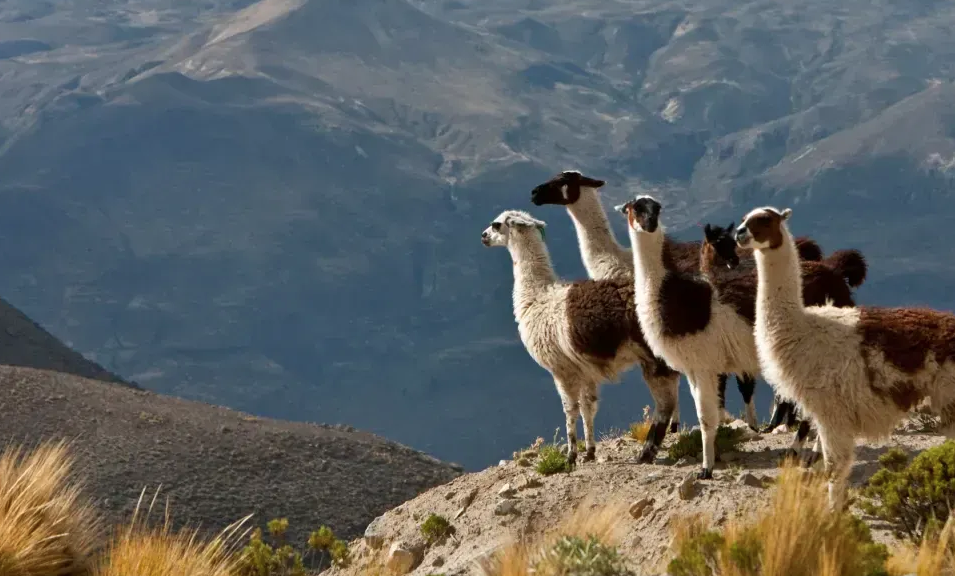

Ecological destruction, human exploitation and violence against animals should not be a part of any fashion supply chain.
Want to keep learning?
-

Shear Destruction
From habitat degradation caused by grazing sheep to the chemicals used in scouring, the process of rearing sheep and turning wool into fiber is riddled with threats to wildlife.
-

Alternatives to wool
Explore some of the materials better aligned with total ethics fashion, that can be used for in a similar way to alpaca and other wool from animals.
-
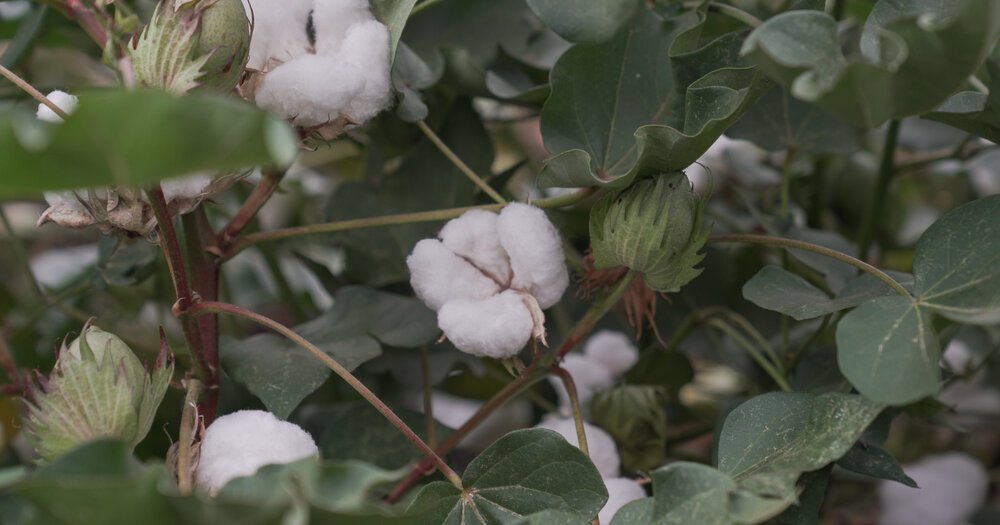
Is cotton more sustainable than wool?
As a plant, cotton is biodegradable, and as a fashion fibre, not borne of animal cruelty. But is it sustainable?

